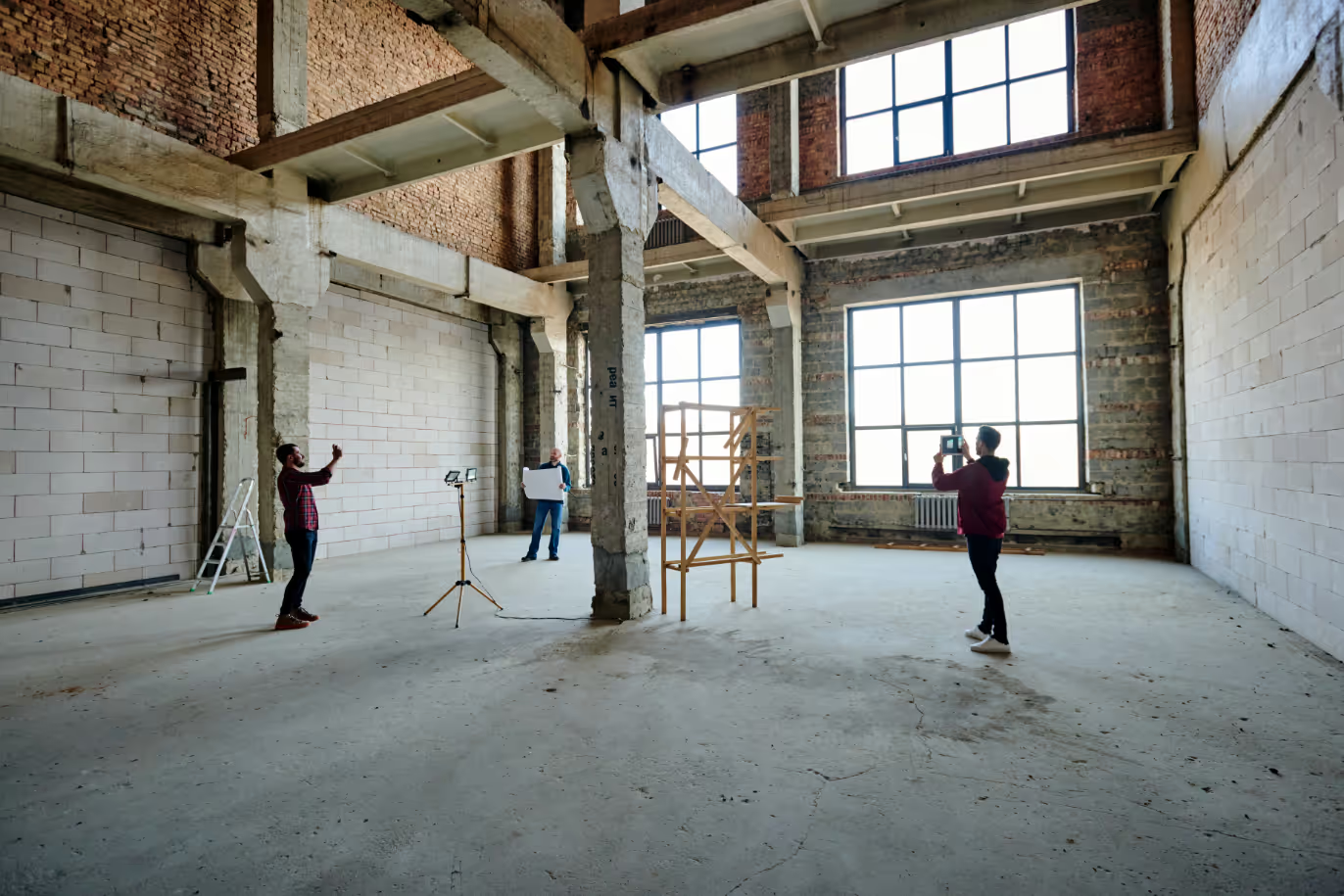Unlock Pro Skills: Essential Techniques for Modern Video

Unlock Pro Skills: Essential Techniques for Modern Video
In today's visually-driven world, video isn't just a medium; it's the language of connection, engagement, and storytelling. From social media feeds to corporate presentations, the demand for high-quality, professional video content is skyrocketing. But what separates amateur footage from truly captivating, polished productions? It’s not just about having the latest gear; it's about mastering the fundamental techniques that elevate your work from good to great. If you're looking to truly unlock pro skills in modern video production, you've come to the right place. Let's dive into some essential strategies that will transform your video projects.
Whether you're an aspiring filmmaker, a content creator, or a business looking to enhance your visual communication, understanding the core principles of compelling video is paramount. It involves a blend of artistic vision, technical proficiency, and a keen eye for detail. Forget quick fixes; true mastery comes from consistently applying best practices across all stages of production, from pre-production planning to the final edit. Let's explore some areas where a little extra attention can yield monumental results.
Mastering Visual Storytelling & Composition
Every great video tells a story, and the most effective stories are told not just with words, but with compelling visuals. Simply pointing a camera and hitting record isn't enough; you need to think about how each shot contributes to your narrative. Composition is your fundamental tool here. Techniques like the rule of thirds, leading lines, and creating depth of field can transform a mundane shot into a visually engaging frame. For instance, placing your subject off-center using the rule of thirds often creates a more dynamic and pleasing image than simply centering them. Use leading lines – natural or artificial lines in your scene – to draw the viewer's eye towards your subject, adding depth and direction.
Beyond static composition, consider how your camera movement tells the story. A slow, steady push-in can build tension, while a sweeping wide shot establishes context. Vary your shot sizes – from extreme close-ups that reveal emotion, to medium shots for interaction, and wide shots for environment – to maintain visual interest and convey different levels of intimacy or grandeur. Don't just shoot; choreograph your visuals to guide your audience through your story, ensuring every frame serves a purpose and contributes to the overall emotional arc or message you're trying to convey.
Elevating Audio: The Unsung Hero
It's often said that bad video with good audio is watchable, but good video with bad audio is unwatchable. This underscores a crucial point: audio is at least 50% of your video's perceived quality, yet it's frequently overlooked by those new to professional production. Relying solely on your camera's built-in microphone is a common mistake that immediately stamps your video as amateur. Investing in external microphones – whether lavalier mics for crisp dialogue or shotgun mics for focused sound capture – is non-negotiable for professional results.
Beyond the equipment, proper mic placement is key. Get the microphone as close as possible to your sound source without entering the frame. Always monitor your audio with headphones during recording to catch issues like clipping, hums, or unwanted background noise. In post-production, don't just neglect the audio track. Use editing software to clean up dialogue, reduce noise, and carefully layer sound effects and music to build atmosphere and emotional resonance. Think about the overall sound design of your video; how can ambient sounds, foley, and score enhance the visual narrative and immerse your audience?
Dynamic Editing & Workflow Efficiency
Editing is where your raw footage transforms into a coherent, impactful story. It’s not just about cutting clips together; it’s about pacing, rhythm, and creating an emotional journey for your audience. A common pitfall is to include every shot; instead, embrace the philosophy of "less is more." Focus on only using the strongest takes that advance the narrative. Understand the power of different cuts – a quick cut can create urgency, while a dissolve can signify the passage of time. Master the art of pacing, letting your scenes breathe when needed and accelerating the tempo for dramatic effect.
Beyond creative choices, workflow efficiency in editing is a pro skill in itself. Start by organizing your footage meticulously before you even begin cutting; a well-structured folder system and consistent naming conventions can save countless hours. Utilize proxy files for smooth playback with high-resolution footage, and master keyboard shortcuts in your chosen editing software to speed up your process. Basic color correction and color grading are also crucial elements of professional editing, ensuring a consistent and polished look throughout your video. Even subtle adjustments can dramatically improve the visual appeal and storytelling efficacy of your final product.
Lighting for Impact & Mood
Light is the painter's brush for video. Understanding how to shape and manipulate light is fundamental to creating visually stunning and emotionally resonant video content. It defines your subject, creates depth, and sets the mood. While expensive lighting kits can be great, mastering natural light is a powerful pro skill. Learn to identify the best times of day for shooting (the "golden hour" is famous for a reason!), and how to use windows and reflectors to your advantage to soften harsh shadows or fill in dark areas.
When artificial light is necessary, familiarize yourself with basic lighting setups like the three-point lighting system (key light, fill light, back light) to illuminate your subject comprehensively while separating them from the background. Experiment with hard versus soft light; hard light creates dramatic, well-defined shadows, while soft light produces gentle transitions and a more flattering look. Think about the direction, intensity, and color temperature of your lights to convey specific emotions or information. For instance, cool blue light can evoke sadness or coldness, while warm orange tones suggest comfort or romance. Lighting isn't just about making things visible; it's about making them feel.
Unlocking pro video skills is an ongoing journey of learning, practice, and adaptation. By focusing on fundamental techniques in visual storytelling, audio excellence, dynamic editing, and impactful lighting, you'll elevate your video projects significantly. The difference between amateur and professional isn't just gear; it's the meticulous application of these principles that truly makes your content shine. Continuous learning and a dedication to honing these crafts will set you apart in the competitive world of modern video production.
Ready to take your video projects to the next level or need professional assistance with your next big idea? FilmBaker is here to help you turn your vision into stunning reality. Connect with our expert team and discover how we can elevate your storytelling and production quality. Visit us at https://www.filmbaker.com/get-in-touch to get in touch today!


